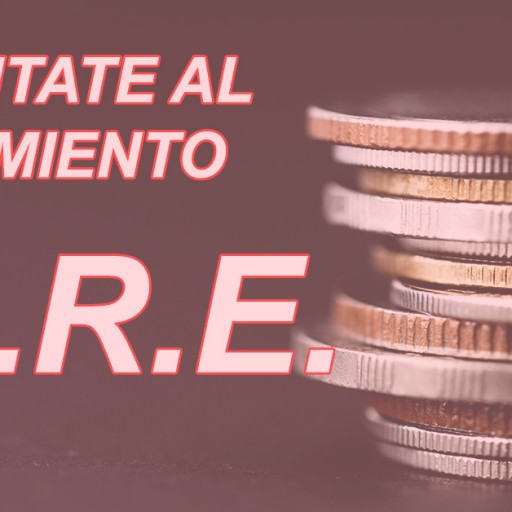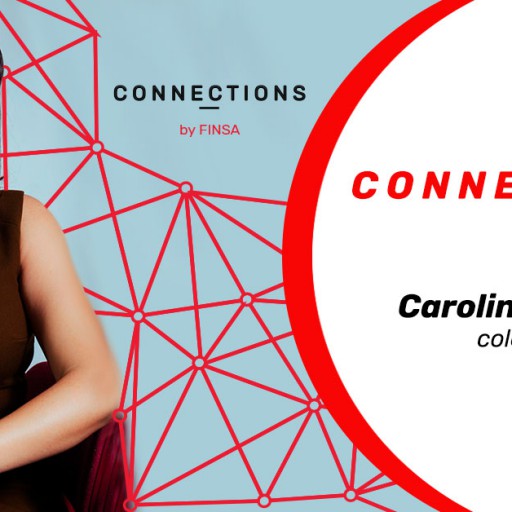She is one of the biggest names in landscape architecture in the world. Born in the north-east United States, Kathryn Gustafson (Yakima, 1951) attended the Hay Festival Segovia this year, where she discussed the future of a discipline that is humanising urban spaces.
Having studied in Paris and trained at some of the most prestigious institutions in the world, she also shared some of the secrets behind her brilliant career and discussed what has guided her to the top in the landscape architecture world.
“Environmentalism now plays a more important role in people’s consciousness. We are fighting to make spaces in cities more equitable and healthier, we are concerned with equality, conversations we didn’t have. What I find fascinating about society is it’s constantly on the move. I think anything you design is of that time because it adapts to that time.”
Context is essential for Kathryn Gustafson
This fixation on the context that surrounds the locations of her projects leads her to form enormous multidisciplinary teams. She leaves no stone unturned. She likes to mix the past and the present to create concepts that transcend the passing of time. “It’s one of the things that I like most about Paris, it’s monumentality is both contemporary and historical,” she says.
Gustafson has been charged with restoring the area around the Tower Eiffel, which she describes “the toughest project” of her life, and which she has undertaken with her usual thoroughness: “We studied the site for a very long time. We dedicate a lot of time to visualising what it was like before humans were even there and how it has evolved with the passing of time, and to that we added the parameters that now define our societies,” she explained.
On Line, which is what the initiative has been called, will convert the surroundings of this famous monument into a 54-hectare park with 72 million euros behind it. To make sure it’s ready before the Olympic Games in 2024, 25 studios from various disciplines will work on figuring out “how people will interact to incorporate the concern that we now have for safety, ecology, and to boost biodiversity”.
For this reason, it will be a vehicle-free area, giving it back to pedestrians.
https://www.instagram.com/p/BxvARzJAT32/
Spaces that fit into their surroundings
The thorough approach behind each of her creations is to make sure they fit into their surroundings. One example of this integration is the Parc Central de Valencia.
“When I first went to Valencia and I saw how the food fit with the ceramics and the bowls and how this was attached to the environment, I thought about creating a space that brought together all of these ideas, in which you could see the water enter and leave like in the lagoons,” the famous landscape artist said.
“It’s like a historical reconstruction” using materials from the region and with a garden that is reminiscent of a Valencian vegetable garden thanks to “the canals that bring you into the park from anywhere you approach”. It’s a space that, according to Kathryn Gustafson herself, Valencians are proud of, because “they feel that there is a relationship between the floral history of Valencia and the city. When it opened I realised it was Valencia.”
https://www.instagram.com/p/B3fB99Ipu3C/
Having “a conceptual backbone”
Before all of this materialises, her projects begin with what she calls “a conceptual backbone” on which the whole thing is based. “I’m very instinctive. It’s walking into a situation and looking at it and saying what needs to be done and how do you make it so that it really is special,” she explained.
“You have to make sure everybody understands where you’re going with something. For the Diana Princess of Wales Memorial Fountain, I wanted to express the idea of letting in and letting out, the permanent change and her desire to reach out and help others. She was a mother, a noble, used to turmoil, champagne, and calm”.
https://www.instagram.com/p/BxsLqinHovp/




